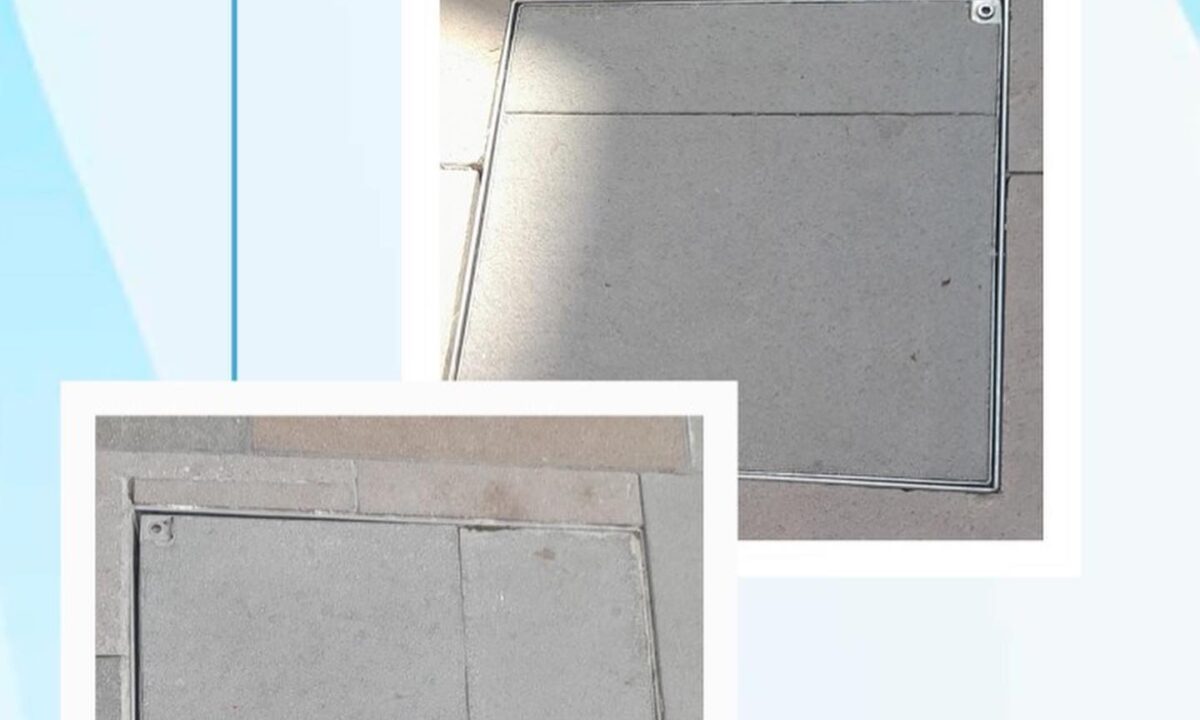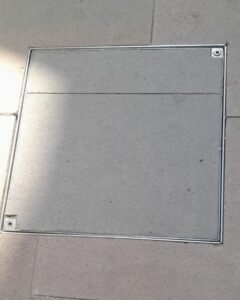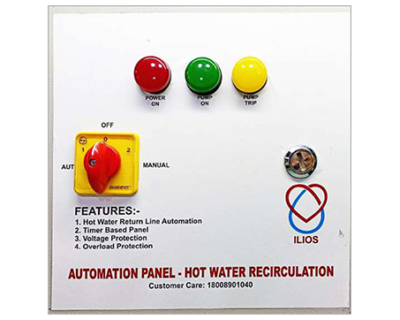Blog

Manhole Covers: Uncovering Their Hidden Story
When we stroll down the streets, it’s easy to overlook the mundane aspects of our urban landscape. One such element is the humble manhole cover. These round, metal discs dotting our roads and sidewalks might seem insignificant, but they play a vital role in our city’s infrastructure. Today, let’s delve into the world of manhole covers, exploring their history, design, and importance.

What is a Manhole Cover?
A manhole cover is a removable plate that forms the lid over the opening of a manhole. This entry point provides access to underground utility vaults, such as sewers, storm drains, and electrical or telecommunication lines. The cover ensures that the public is kept safe from accidentally falling into the manhole and allows workers to perform necessary maintenance and repairs.
Why Are Manhole Covers Round?
One of the most frequently asked questions about manhole covers is why they are round. The answer lies in both practicality and safety. A round manhole cover cannot fall through its circular opening, regardless of how it’s positioned. This is not the case with a square or rectangular cover, which could potentially fall through the diagonal of the opening. Furthermore, a round shape can be more easily rolled and maneuvered by workers, reducing the physical strain during removal and replacement.
The History of Manhole Covers
Manhole covers have a long and varied history. The first known covers were used in ancient Rome to cover their extensive sewer systems, known as the Cloaca Maxima. These early covers were typically made of stone. As civilizations advanced, so did the materials and designs of manhole covers. In the 19th century, with the advent of modern cities and extensive underground utilities, cast iron became the material of choice due to its durability and strength.
The Manufacturing Process
The production of manhole covers involves several steps, starting with the design. Modern manhole covers are often made from cast iron, sometimes combined with other materials like concrete or composites to enhance strength and reduce weight. The manufacturing process includes:
Pattern Making: A pattern is created based on the design, often using wood or plastic.
Molding: The pattern is used to create a mold, usually made from sand.
Casting: Molten iron is poured into the mold and left to cool and solidify.
Finishing: Once cooled, the cover is removed from the mold and any rough edges are smoothed out. The cover may also be treated to resist rust and wear.
Design and Artistry
While functionality is paramount, many manhole covers are also designed with aesthetics in mind. In cities around the world, these covers can be found adorned with intricate patterns, city emblems, or other artistic designs. Some places, like Japan, have elevated manhole cover design to an art form, with vibrant, colorful covers depicting local landmarks, flora, and fauna. These artistic touches not only beautify the urban environment but also reflect local culture and pride.
Importance of Maintenance
Despite their durability, manhole covers require regular maintenance. Over time, they can become damaged due to heavy traffic, weather conditions, or vandalism. Regular inspections are essential to ensure that the covers are intact and securely in place. A damaged or loose manhole cover can pose significant risks to pedestrians and vehicles. Municipal workers frequently check and replace covers as part of city maintenance routines to ensure safety and functionality.
Modern Innovations
The world of manhole covers is not static; it continues to evolve with technological advancements. Some cities are now using smart manhole covers equipped with sensors that monitor various parameters like water levels in sewers, gas concentrations, or even cover displacement. These smart covers can send real-time data to maintenance teams, enabling quicker responses to potential issues and reducing the risk of accidents or flooding.
Environmental Considerations
In recent years, there has been a growing emphasis on environmentally friendly practices in all areas of urban planning, including the manufacturing of manhole covers. Recycled materials are increasingly being used in the production process. Additionally, innovations in design aim to reduce the environmental footprint of these essential urban fixtures.
The Future of Manhole Covers
As cities continue to grow and technology advances, the future of manhole covers looks promising. Enhanced materials, smart technology, and innovative designs will likely become more prevalent. These developments will not only improve the functionality and safety of manhole covers but also contribute to more sustainable urban environments.
Conclusion
Manhole covers might seem like a minor detail in the grand scheme of urban infrastructure, but they are crucial for the smooth functioning of our cities. From their practical, safety-oriented design to their artistic and technological innovations, manhole covers are a testament to human ingenuity and the continuous effort to improve our urban environments. Next time you walk over a manhole cover, take a moment to appreciate its role and the history behind it. It’s more than just a piece of metal on the ground; it’s a small but significant part of our everyday lives.




